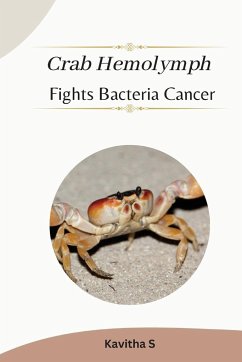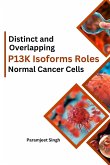Crab hemolymph, the fluid that circulates in the body of a crab, has been found to possess antibacterial and anticancerous properties. In particular, hemolymph extracted from crabs infected with Staphylococcus aureus, a common bacterial pathogen, has shown potent antibacterial activity against a range of bacteria, including both Gram-positive and Gram-negative strains. One study conducted on the crab Uca triangularis, also known as the yellow fiddler crab, found that hemolymph extracted from infected crabs was able to inhibit the growth of both S. aureus and Escherichia coli, another common bacterial pathogen. The researchers identified a range of peptides in the hemolymph that were responsible for the antibacterial activity, including one peptide that was particularly effective at killing S. aureus. The antibacterial properties of crab hemolymph have important implications for the development of new antibiotics. With the rise of antibiotic-resistant bacteria, there is an urgent need for new antibacterial agents that can overcome this growing problem. Crab hemolymph offers a promising source of new antibiotics, with the potential to be used in the treatment of a range of bacterial infections. In addition to its antibacterial properties, crab hemolymph has also been found to possess anticancerous activity. One study conducted on the hemolymph of the blue crab, Callinectes sapidus, found that it was able to inhibit the growth of human colon cancer cells in vitro. The researchers identified a range of proteins and peptides in the hemolymph that were responsible for the anticancer activity, including one protein that was able to induce cell death in the cancer cells. The anticancer properties of crab hemolymph offer a promising avenue for the development of new cancer therapies. Cancer remains one of the leading causes of death worldwide, and there is a pressing need for new treatments that can improve patient outcomes. Crab hemolymph may offer a potential source of new anticancer agents that could be developed into effective treatments for a range of different types of cancer. Overall, the discovery of the antibacterial and anticancer properties of crab hemolymph represents an exciting new area of research with potentially significant implications for human health. While much work remains to be done to fully understand the mechanisms underlying these properties and to develop new therapies based on them, the potential benefits are substantial. With antibiotic resistance and cancer both posing major challenges to global health, the discovery of new sources of antibacterial and anticancer agents is more important than ever. Crab hemolymph represents one such source, offering the potential to unlock new treatments for some of the most pressing health challenges of our time.








